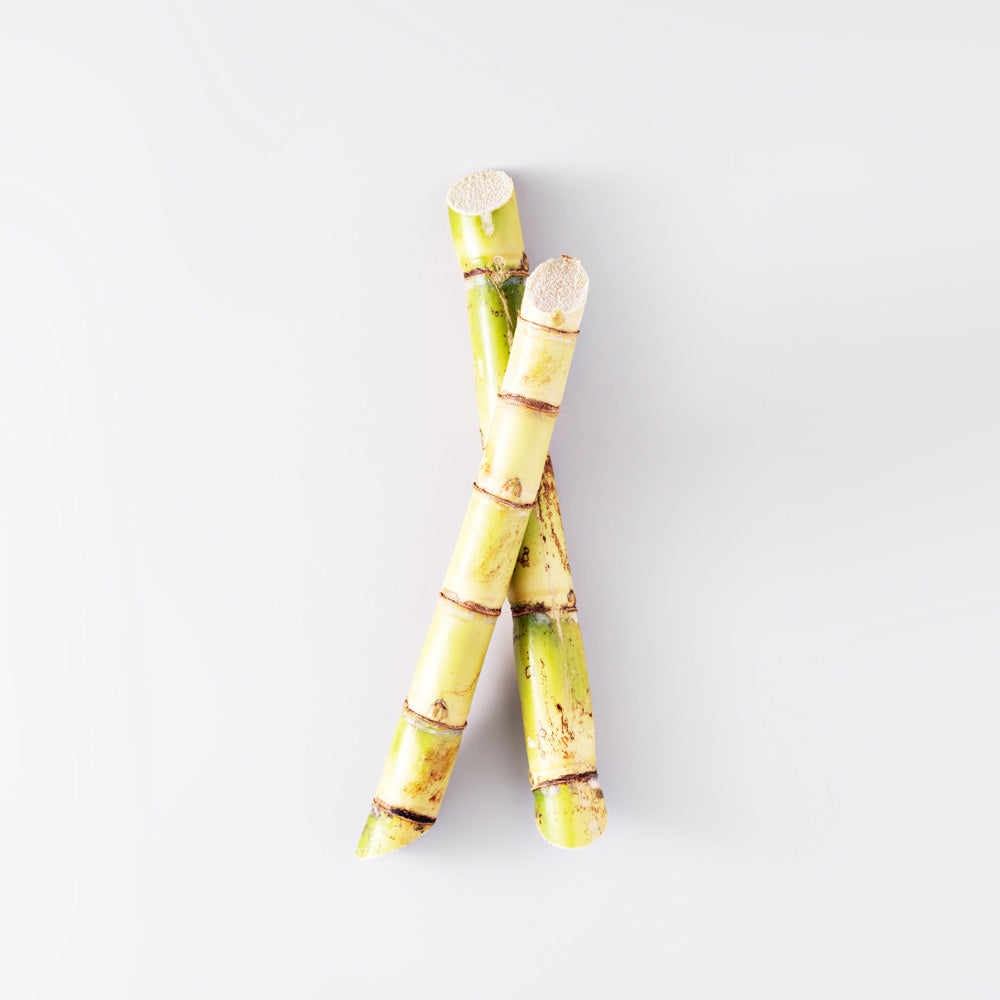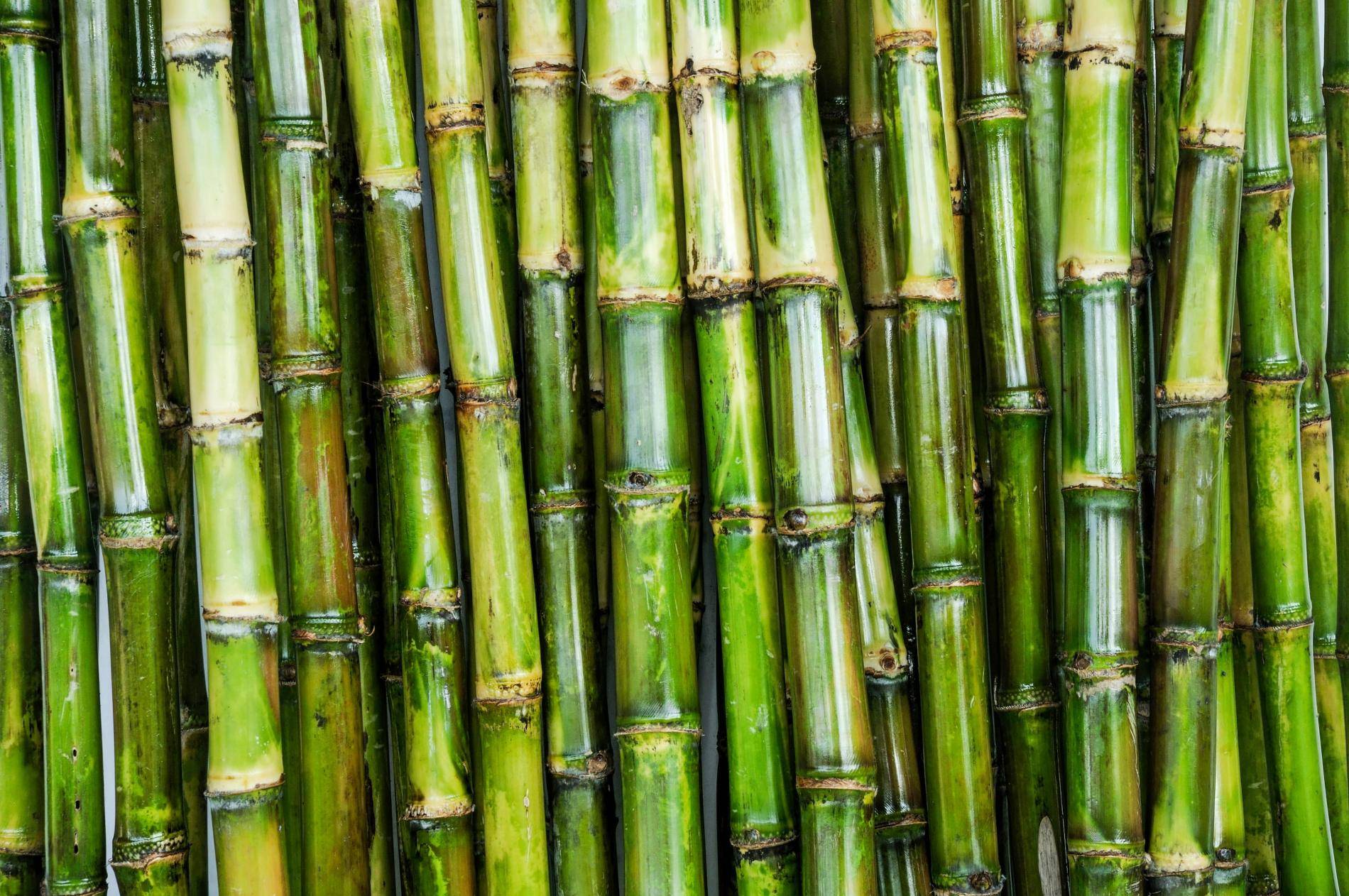Understanding Cane Sugar Processing: A Comprehensive Review of the Stages
Understanding Cane Sugar Processing: A Comprehensive Review of the Stages
Blog Article
Exploring the Comprehensive Steps Associated With Walking Stick Sugar Handling From Collecting to Improvement
The procedure of walking cane sugar manufacturing incorporates a series of complex steps, starting with the mindful harvesting of sugarcane and finishing in the improvement phases that guarantee the last item meets sector criteria. Each phase, from the extraction of juice to the filtration and condensation procedures, plays an essential function in figuring out the quality and personality of the sugar.
Harvesting Sugarcane
Collecting sugarcane is a crucial action in the walking stick sugar processing chain, as it directly affects the high quality and return of the last item. Proper timing and methods are vital during this phase to make certain optimal sugar content and decrease losses. Normally, sugarcane is harvested when it reaches maturation, generally 12 to 18 months after planting, identified by a high sucrose focus.

Post-harvest, the sugarcane needs to be refined swiftly to avoid sucrose destruction. Preferably, harvested walking cane should be moved to refining centers within 24 hours to protect sugar high quality. As a result, reliable logistical planning is important to preserve the honesty of the harvested crop throughout the supply chain.
Removal Process

The smashed walking stick undergoes a collection of pushing operations to take full advantage of juice recuperation. Commonly, warm water is sprayed onto the smashed walking cane, developing a countercurrent circulation that helps liquify the sugar while likewise helping in the extraction procedure. The juice accumulated from this procedure consists of not only sugar but additionally different natural compounds and contaminations.

To improve extraction performance, some centers may use diffusion techniques, where the sugarcane is taken in warm water, allowing the soluble sugars to diffuse into the liquid. The resulting juice, rich in sucrose, is after that guided to succeeding handling stages, laying the foundation for purification and improvement. The removal procedure is therefore essential in determining the quality and return of the final sugar product.
Filtration Techniques
The purification techniques employed in walking cane sugar handling are necessary for transforming the raw juice right into a premium sugar item. These techniques mostly intend to remove pollutants, such as dirt, plant materials, and inorganic materials, which can negatively impact the end product's flavor and color.
Among one of the most common purification methods is clarification. This procedure entails adding lime and warmth to the raw juice, which helps with the coagulation of contaminations. The resulting precipitate is after that gotten rid of via sedimentation or purification, yielding a more clear juice. Additionally, the usage of phosphoric acid can boost the clarification procedure by further binding impurities.
One more substantial strategy is carbonatation, where carbon dioxide is presented to the made clear juice. This response generates calcium carbonate, which catches remaining pollutants and promotes their removal.
In addition, triggered carbon treatment might be applied to adsorb any remaining colorants and natural pollutants, guaranteeing a much more polished product. The mix of these techniques properly prepares the sugar juice for succeeding action in the refining procedure, setting the phase for the manufacturing of top quality cane sugar.
Formation Methods
After the filtration phase, the following essential step in walking stick sugar processing entails condensation techniques, which play a crucial role in transforming the made clear juice into solid sugar. This procedure generally employs 2 primary approaches: spontaneous formation and controlled crystallization.
In spontaneous crystallization, supersaturated sugar services are enabled to cool down normally, causing the formation of sugar crystals over time. This method is easier but might lead to unequal crystal dimensions and reduced pureness levels. On the other hand, regulated condensation is a much more accurate method where concentration, temperature level, and seeding agents are carefully handled. This approach permits for the consistent development of sugar crystals and higher purity.
Throughout crystallization, the made clear juice is concentrated through dissipation, enhancing its sugar content till it gets to supersaturation. When this factor is accomplished, either approach can assist in the condensation process. Cane Sugar Processing. The resultant sugar crystals are after that divided from the continuing to be syrup with centrifugation
Ultimately, the option of formation approach influences the top check here quality, size, and pureness of the final sugar item, making this action crucial in the general cane sugar processing treatment.
Improvement and Product Packaging
Exactly how can the purity and quality of walking stick sugar be additionally boosted after condensation? The improvement process plays a vital duty in achieving high-quality cane sugar. Following condensation, sugar goes through a detailed washing to eliminate impurities and residual molasses. This is normally achieved making use of warm water or steam, which aids dissolve and extract undesirable components while maintaining the sugar crystals.
Following, the sugar is subjected to a process called centrifugation, where it is spun at broadband to separate the purified sugar crystals from the continuing to be liquid. After centrifugation, the sugar is often more fine-tuned through a technique called carbonization or phosphatation, which utilizes turned on carbon or phosphoric acid to remove shade and off-flavors.
As soon as improved, the sugar is dried to attain the desired moisture my review here content, ensuring that it remains stable throughout storage and transportation. The final action includes product packaging the polished sugar in moisture-proof and airtight containers to preserve its top quality and prevent contamination. Cane Sugar Processing. Correct product packaging not only expands service life but likewise assists in very easy handling and circulation, ensuring that consumers receive sugar that satisfies the highest standards of pureness and quality
Conclusion
The comprehensive steps included in cane sugar processing, from the meticulous harvesting of sugarcane to the detailed improvement and packaging phases, highlight the significance of each phase in guaranteeing high-quality sugar manufacturing. Ideal harvesting techniques, reliable removal techniques, and strenuous purification procedures collectively add to the end product's purity and stability. The condensation and succeeding packaging practices additionally improve the stability and service life of the sugar, highlighting the complexity and precision inherent in this crucial agricultural market.
The process of cane sugar manufacturing includes a collection of elaborate actions, starting with the cautious harvesting of sugarcane and culminating in the refinement stages that make sure the last item fulfills industry requirements. Ideally, harvested walking cane needs to be moved to refining facilities within 24 hours to protect sugar top quality.In spontaneous condensation, supersaturated sugar remedies are permitted to cool naturally, leading to the formation of sugar crystals over time - Cane Sugar Processing. The refinement procedure plays a vital function in attaining Visit This Link high-quality walking stick sugar.The detailed actions included in walking cane sugar handling, from the careful harvesting of sugarcane to the intricate improvement and product packaging phases, emphasize the relevance of each stage in making certain top notch sugar manufacturing
Report this page